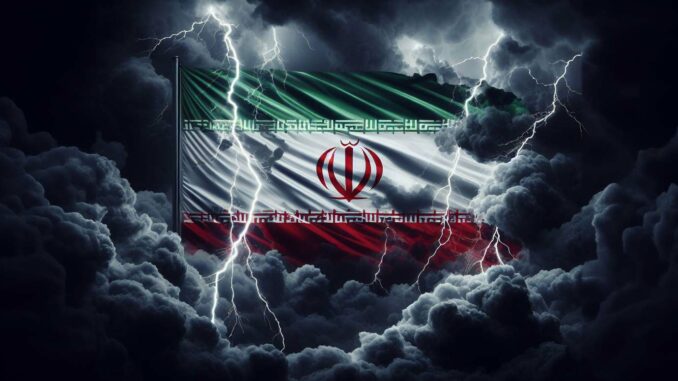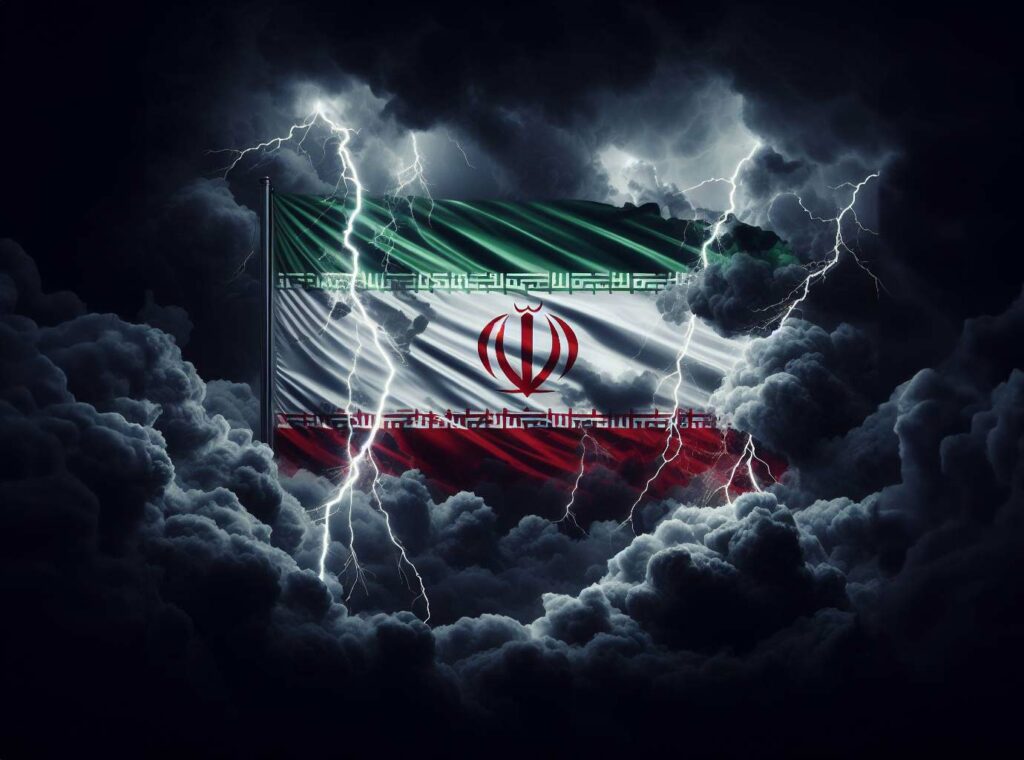
Iran, a major player in the Middle East, is often accused of financing groups considered terrorist by several countries and international organizations. This complex, multidimensional policy has deep historical, ideological and strategic roots.
Historical and ideological context
Since the Islamic revolution of 1979, which overthrew the Shah’s regime and established an Islamic republic, Iran has positioned itself as a supporter of Shiite Islamist movements. This orientation is rooted in the country’s revolutionary ideology, which sees itself as a counterweight to Western and Sunni influence in the region. The Iranian regime, led by Shiite clerics, has consequently sought to export its revolution, supporting groups that share its religious and political convictions.
Geopolitical strategy
Iran’s funding of armed groups is often seen as an extension of its geopolitical strategy. By supporting non-state actors in strategic areas, Iran seeks to extend its influence in the region and counter those of its rivals, notably Saudi Arabia (mainly Sunni) and Israel. Hezbollah in Lebanon, Hamas in the Palestinian territories, and various militias in Iraq and Syria are seen as beneficiaries of this support. These groups provide Iran with leverage in key areas, enabling it to exert indirect influence beyond its borders.
Response to regional threats
Iran often justifies its support for these groups as a necessity to counter regional threats, notably from Israel and the United States. This defensive posture is rooted in a perception of siege, where Iran sees itself as a bastion of resistance against oppression and foreign interference. Support for armed groups is therefore presented as a means of defense, in line with the doctrine of “asymmetric warfare”, which aims to combat more powerful enemies through unconventional tactics.
International implications
Iran’s financing of terrorism has important implications on the international stage. It contributes to regional instability and is often cited as a major obstacle to peace in the Middle East. In addition, this policy exposes Iran to international sanctions, affecting its economy and further isolating the country on the world stage. Iran’s efforts to develop links with armed groups have also complicated its relations with other nations, including those seeking to negotiate with Tehran on other issues, such as its nuclear program.
Iran’s financing of terrorism is a complex policy, rooted in its history, ideology and geopolitical strategy. Although presented by Tehran as a form of defense and support for ideological allies, it is widely perceived as a source of regional destabilization and a major challenge to international security. This policy continues to play a central role in the dynamics of the Middle East, affecting Iran’s international and regional relations.

Terrorists groups financed by Iran
HAMAS (Islamic Resistance Movement): Founded in 1987, Hamas is a Palestinian Islamist political organization and militant group that has waged an armed struggle against Israel. Its leaders have included Ismail Haniyeh and Khaled Mashal. The extent of Iranian financial support is unclear, but it’s known that Iran has provided military aid. Hamas primarily operates in the Gaza Strip and employs a variety of weapons, including rockets and mortars.
Hezbollah (Party of God): Hezbollah is a Shia Islamist political party and militant group based in Lebanon, founded in 1982. It’s led by Hassan Nasrallah. Iran’s financial support is significant, with estimates in the hundreds of millions of dollars annually. Hezbollah has a vast arsenal, including rockets and anti-tank missiles.
Al-Aqsa Martyrs’ Brigades: A Palestinian armed group associated with Fatah, it emerged in 2000 during the Second Intifada. Its leadership is decentralized. Iranian support is not as direct as with other groups, and it operates mainly in the West Bank with small arms and improvised explosive devices.
Abd al-Qadir al-Husseini Brigades: A lesser-known group, there’s limited information available about their operations and Iranian support.
Asa’ib Ahl al-Haq (League of the Righteous): An Iraqi Shia paramilitary group formed in 2006, it’s led by Qais Khazali. It has received funding and military support from Iran. The group is known for using improvised explosive devices and small arms.
Harakat Hezbollah al-Nujaba’: An Iraqi Shia militia formed in 2013, it operates mainly in Syria and Iraq. Its leader is Akram al-Kaabi. The group receives support from Iran and uses a variety of conventional weaponry.
Badr Organization: An Iraqi political party and military wing, it was formed in Iran in 1983 during the Iran-Iraq War. Hadi Al-Amiri is a prominent leader. It has received significant support from Iran and is equipped with various military hardware.
Islamic Jihad: This term can refer to several groups, but the Palestinian Islamic Jihad is the most notable. Formed in 1981, it operates primarily in the Gaza Strip, led by figures like Ziad al-Nakhala. Iran provides financial and military support, and the group uses rockets and small arms.
Islamic Revolutionary Guard Corps – Quds Force: This is a unit of Iran’s Revolutionary Guard, focused on extraterritorial operations, led by Esmail Ghaani. It’s not a separate group but a part of the Iranian military apparatus, providing support to many other groups on this list.
Liwa Fatemiyoun (Fatimids Brigade): Composed primarily of Afghan Shia fighters, this group has operated in Syria. It’s supported by Iran and uses a range of infantry weapons.
Liwa Zeynabiyoun: Composed of Pakistani Shia Muslims, this group has fought in Syria. It receives support from Iran and employs standard infantry weaponry.
Popular Front for the Liberation of Palestine (PFLP): A secular Palestinian Marxist-Leninist organization formed in 1967. Its ties to Iran are not as strong as other groups. It operates in Gaza and the West Bank.
Popular Front for the Liberation of Palestine – General Command (PFLP-GC): A splinter group of the PFLP, led by Ahmed Jibril. It’s based in Syria and Lebanon and has received some support from Iran.
It’s important to note that the level of support Iran provides to each group can vary and is often shrouded in secrecy. The exact figures in U.S. dollars are difficult to ascertain. The primary weapons used by these groups range from small arms and improvised explosive devices to rockets and anti-tank missiles, depending on the group’s operational focus and capabilities.
War Wings Daily is an independant magazine.